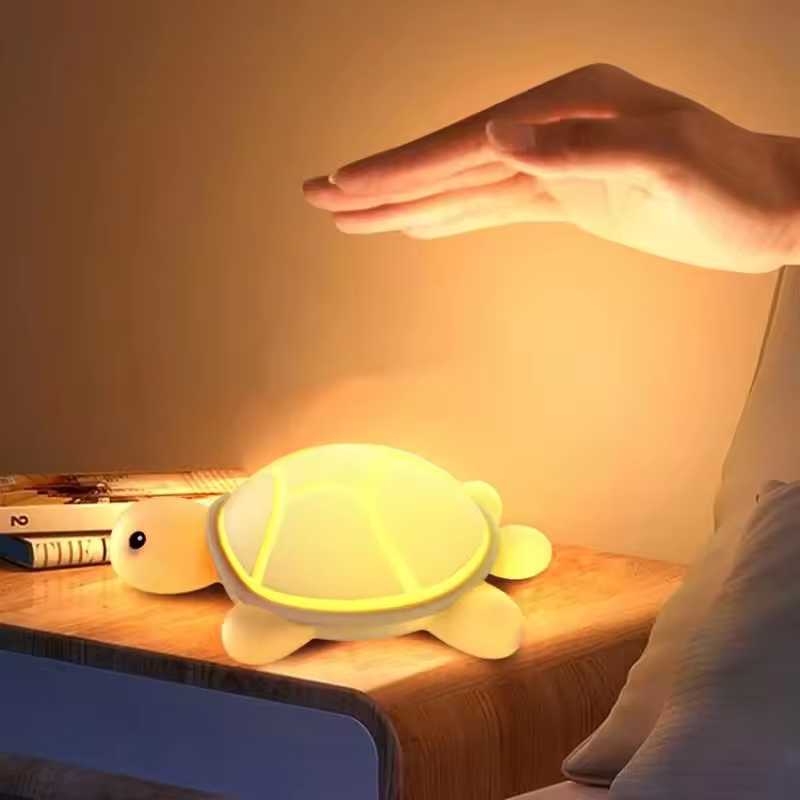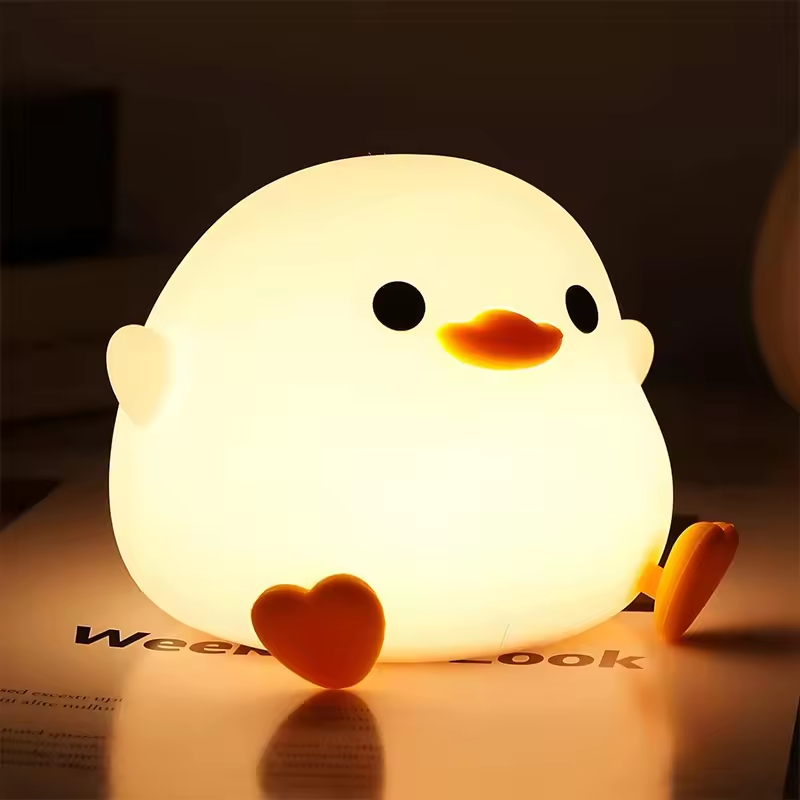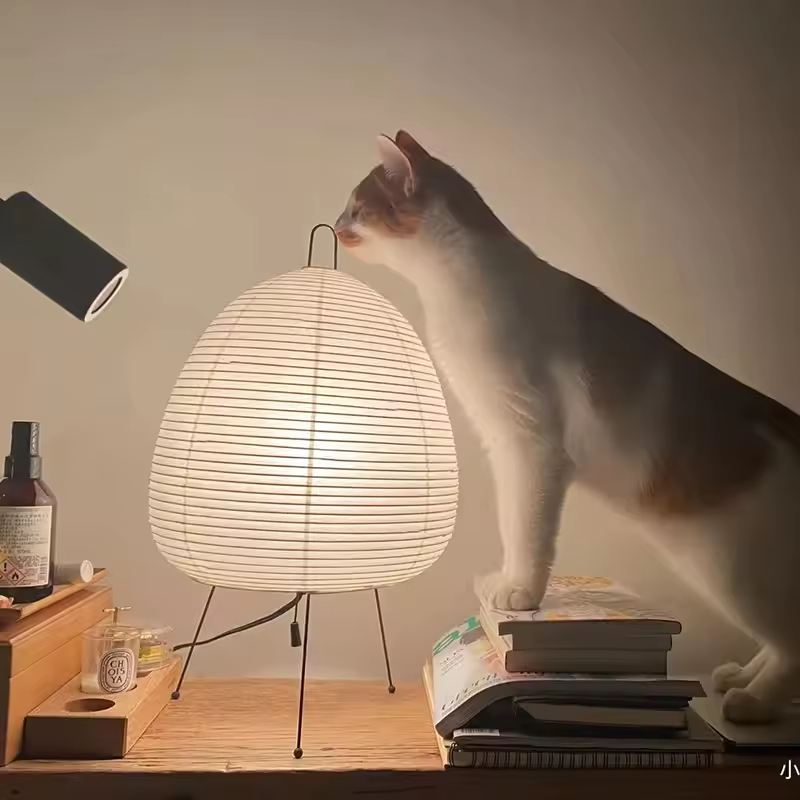 Introduction:
Introduction:
LED lights are popular for their energy efficiency, long lifespan, and bright illumination. However, like any electrical device, LED lights may encounter issues, such as not working properly. Understanding the common reasons behind LED lights not working can help you diagnose and resolve the problem efficiently. In this comprehensive guide, we will explore the potential causes and troubleshooting steps for led light not working. By understanding these aspects, you can confidently address issues with non-functioning LED lights and restore their optimal performance.
 Several potential impacts and hazards:
Several potential impacts and hazards:
When an LED light is not working, it can have several potential impacts and hazards:
Inadequate or Dim Lighting:
A non-functional LED light will result in insufficient or dim lighting in the affected area. This can lead to decreased visibility, making it difficult to carry out activities or tasks effectively and safely.
Safety Concerns:
Insufficient lighting can create safety hazards in various settings. In homes, workplaces, or public spaces, inadequate lighting can increase the risk of accidents, falls, or collisions. It can also compromise security measures by reducing visibility, potentially making it easier for unauthorized individuals to access restricted areas.
Productivity and Efficiency:
Non-functional LED lights in work environments can disrupt productivity and efficiency. In properly lit spaces, employees can perform tasks more effectively, accurately, and quickly. When lights are not working properly, it can hinder workflow and impact overall productivity.
Maintenance and Repair Costs:
When an LED light malfunctions, it may require maintenance or repair to restore its functionality. This can result in additional costs, especially if the LED light needs to be replaced or serviced by a professional. Regular maintenance and proper handling of LED lights can help mitigate the risk of failure.
Environmental Impact:
LED lights are known for their energy efficiency and eco-friendliness. However, when non-functional, these lights can contribute to wastage of resources and energy. It’s important to dispose of or recycle non-working LED lights properly to minimize environmental impact.
To mitigate the hazards associated with non-functional LED lights, it is recommended to practice regular maintenance, perform necessary repairs, and replace or dispose of lights responsibly when they reach the end of their lifespan. Adhering to appropriate care and replacement guidelines can help ensure safe and efficient lighting systems.
Common Causes for LED Lights Not Working
Power Supply Issues:
Check if the LED light is receiving power from a functional electrical outlet or if the power source has been interrupted.
Ensure that the power switch is turned on and functioning properly.
Faulty Connections:
Inspect the connections between the LED light and the power source.
Look for loose, damaged, or improperly connected wires or connectors.
Burnt Out or Faulty LED Bulb:
LED bulbs have a long lifespan, but they can still fail due to manufacturing defects or other issues.
Check if the LED bulb needs replacement by testing it in another fixture or using a known working LED bulb.
Troubleshooting Steps for LED Lights Not Working
Check the Power Supply:
Ensure that the electrical outlet is functioning by plugging in another electronic device.
Use a multimeter or voltage tester to check if the outlet is providing the correct voltage.
Verify the Connection:
Inspect the wiring connections between the LED light and the power source.
Ensure that all wires are securely connected and not damaged.
Consider reconnecting the wires or replacing damaged connectors.
Replace the LED Bulb:
If the LED bulb is confirmed to be faulty, replace it with a new one.
Ensure that the new LED bulb is compatible with the fixture and rated for the correct voltage.
 Advanced Troubleshooting Steps for LED Lights Not Working
Advanced Troubleshooting Steps for LED Lights Not Working
Inspect the Dimmer Switch:
If the LED light is connected to a dimmer switch, check if the dimmer switch is compatible with LED bulbs.
Some dimmer switches may not work properly with certain LED bulbs or may require specific wiring configurations.
Check for Incompatibility:
LED lights may not work properly with certain transformers, drivers, or power supplies.
Ensure that the LED light is compatible with the specific transformer or driver being used.
Evaluate the LED Driver:
LED lights may require a driver to regulate the power supply.
Test or replace the LED driver if it is suspected to be faulty.
Maintenance and Preventive Measures for LED Lights
Regular Cleaning:
Clean the LED light fixture regularly to remove dust, dirt, or any other debris that may affect its performance over time.
Ensure that the LED bulbs are kept clean as well.
Proper Heat Dissipation:
LED lights generate heat; improper heat dissipation can affect their performance and lifespan.
Ensure that the LED light fixture and bulbs are installed in a well-ventilated area to allow for proper cooling.
 Differences between LED lights, chandeliers, and fluorescent lights:
Differences between LED lights, chandeliers, and fluorescent lights:
Here are the differences between LED lights, chandeliers, and fluorescent lights:
LED Lights:
LED (Light Emitting Diode) lights are energy-efficient light sources that use solid-state technology. They are highly versatile and come in various forms, including bulbs, strips, and panels. LED lights offer several advantages such as low energy consumption, long lifespan, instant on/off functionality, and the ability to produce vibrant and customizable colors. They are known for their durability, eco-friendliness, and excellent performance in terms of energy efficiency and brightness.
Chandeliers:
A chandelier is a decorative light fixture that typically hangs from the ceiling and features multiple arms or branches with bulbs or candles. Chandeliers are often designed to create a focal point in a room and add an elegant and ornamental touch to the space. They come in a variety of styles, sizes, and materials, ranging from traditional crystal chandeliers to modern, minimalist designs. Chandeliers may use different types of bulbs, including incandescent, LED, or fluorescent bulbs, depending on their design and requirements.
Fluorescent Lights:
Fluorescent lights use gas-discharge technology to produce light. They consist of a long glass tube filled with a low-pressure mercury vapor and an inner coating of phosphors that emit visible light when excited by the mercury vapor’s ultraviolet energy. Fluorescent lights are known for their energy efficiency compared to traditional incandescent bulbs. They provide diffuse, non-directional lighting and are commonly used in commercial spaces, offices, and kitchens. However, they have some drawbacks, such as the presence of mercury and the initial warm-up period required for full brightness.
In summary, LED lights are highly efficient, versatile, and durable light sources. Chandeliers are decorative fixtures often consisting of multiple arms or branches with bulbs. Fluorescent lights use gas-discharge technology and are known for their energy efficiency but have specific applications. Each type of lighting has its own characteristics, uses, and considerations when choosing the most suitable option for specific lighting needs and design preferences.
 Conclusion of led light not working:
Conclusion of led light not working:
Troubleshooting LED lights that are not working requires a systematic approach to identify and resolve the underlying issues. By understanding the common causes and following the troubleshooting steps outlined in this comprehensive guide, you can confidently address problems with non-functioning LED lights. Whether it’s power supply issues, faulty connections, or defective LED bulbs, an informed approach to troubleshooting will help you restore the optimal performance of your LED lights. Let this guide serve as a valuable resource in diagnosing and resolving issues with LED lights to ensure their longevity and efficient operation.



